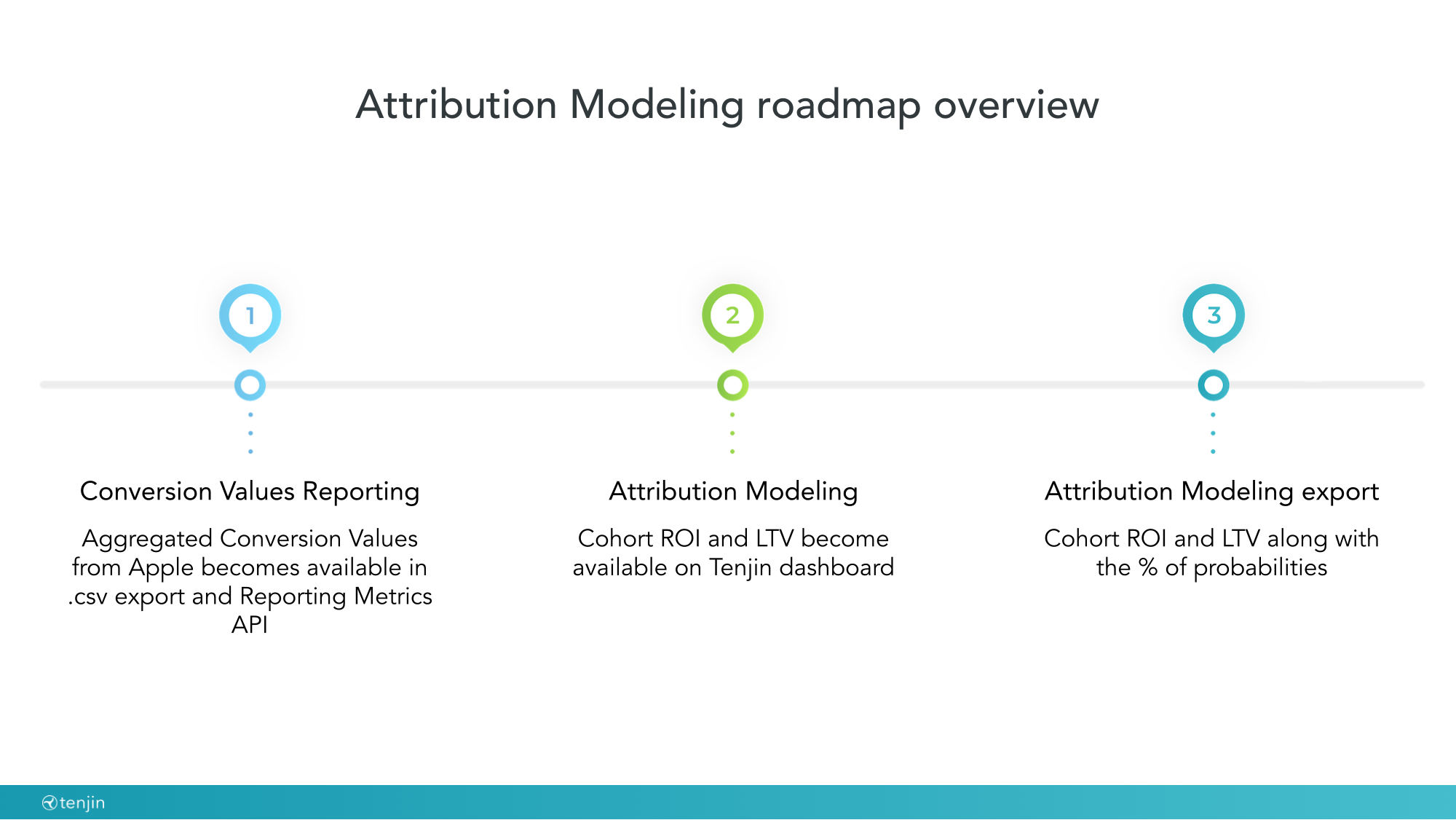Tenjin: "After the release of iOS 14.5, it's not fair to take money for counting installations"
In early April, Tenjin launched a solution that displays SKAdNetwork conversion values for free. What it is and why it is important in the post-IDFA era is in our material.
Let's start from afar.
We have already written more than once about the essence of Apple's innovations that "cut off the oxygen" of IDFA. But, just in case, let's remind you.
Now, every iOS app is required to ask the user at the first launch if he is ready to share data about himself. The majority — 80% — refuse.
As a result, in the near future on iOS, it will be impossible to find out in 80% of cases which users exactly reacted to the advertisement. In other words, it will not be possible to calculate exactly such important metrics as ROI or LTV (only estimates).
This destroys the entire mobile marketing that has been formed to date. And it makes many people grab their heads. They say, if it is impossible to find out which specific users left money in the application, then how can you understand how effective the advertising was and whether it even strayed?
Formally, Apple offered a way out — the SKAdNetwork framework. But its functionality turned out to be very limited compared to those solutions that were used before.
Is there a problem?
Yes, but there are no alternatives. Therefore, now the market needs to learn how to work with it.
And here we come to the main point. However, to do this, we first need to understand how SKAdNetwork works.
So, the main function of SKAdNetwork is to notify the advertising network how the user reacted to the downloaded application. He does this by sending conversion values.
The conversion value is a number from 0 to 63. It reflects the value of a particular user. But this is not just a number, for each value of which a certain position is assigned. Everything is more complicated.
The digit is the sum of six bitmaps (sequences of bits). Each bitmap stores information about the user's action performed in the application.
Simply put, it allows you to find out information about whether the user has watched a video in the game, whether he has passed any level or whether he has made a purchase. Therefore, thanks to SKAdNetwork, it is still possible to draw conclusions about how high-quality an audience was led by one or another advertising campaign.
Although there were some pitfalls here.
For example:
- The tool allows you to track a total of 100 campaigns;
- the message about any event (sending and updating the conversion value) is received only 24 hours after its completion;
- The data is not sent to advertisers (read developers promoting their application), but exclusively to the advertising network, which opens up space for data manipulation.
But that's not all.
Against the background of this situation, many marketing platforms began to actively promote contracts for a year to customers.
In order to understand the paradoxical nature of the situation, it is necessary to make an important remark. It is dedicated to exactly how the mobile advertising market works.
There is an intermediary between the advertiser and the advertising network — an attribution platform. Often, its role is played by one or another MMP (Mobile Measurement Partner or service that collects, organizes and provides analytical data on advertising campaigns in one place).
The main task of the attribution platform is to link a click on a banner with further installation and user actions in the application. This process is called attribution.
But here's the problem. With the advent of SKAdNetwork, Apple itself began to be responsible for attribution. After all, it is she who now tracks what the user has done in the application as a result of the advertising campaign and even characterizes it.
Thus, in the post-IDFA era, one of the central functions of MMP is not needed. Now, based on conversion values, the developer himself can judge the effectiveness of campaigns without resorting to the help of an expensive intermediary who earns money by counting installations.
It turns out that attribution services are trying to sell an annual contract for what Apple does for them.
That's why Tenjin insists that it's unfair to monetize conversion value analytics. This is the sale of air for very decent money.
An important caveat: Tenjin is also an MMP. But historically, she never took money for attribution. It only monetized data processing. For example, LTV reports.
Tenjin went beyond declaring. She has launched a solution that provides conversion value reports for free to anyone who has installed their SDK. The Attribution Modeling solution is called.
Important: you can only receive conversion rates from those advertising networks that support SKAdNetwork and the Tenjin SDK. There are 12 of them now. Among them are Facebook, Google Ads, Snap, ironSource, Mintegral, Unity, AppLovin, Vungle and others.
In the near future, Tenjin plans to launch a toolkit that, within the framework of Attribution Modeling, will allow calculating approximate ROI and LTV based on conversion values, as well as estimating as a percentage how accurate the forecast for these values is.

